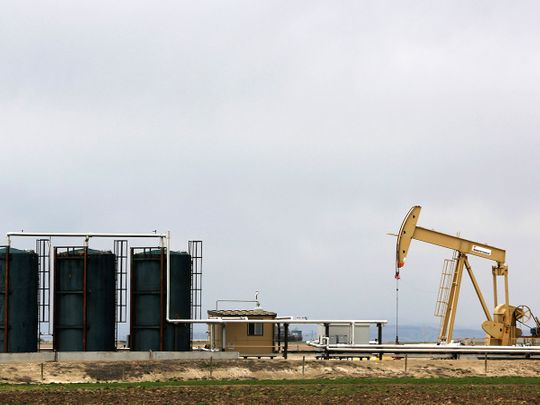
Abu Dhabi: Despite worries of a second pandemic wave, oil markets continue to remain relatively stable with prices closing on a weekly high on Friday, with both benchmarks of Brent and West Texas Intermediate (WTI) trading above $40.
Easing of global lockdown measures and heavy production cuts by Opec+ have helped to raise prices and rebalance oil markets since early May; with the worry now on whether rising coronavirus cases will reverse some of those gains, particularly in the form of strict lockdowns being reimposed again, which could dent both demand and economic recoveries.
“Oil prices managed to recoup their strength last week with both Brent and WTI futures rising despite persistent anxieties over the path of Covid-19 cases in the US,” said Edward Bell, commodity analyst at Emirates NBD. “Brent settled up 4.3% at $42.80/barrel while WTI managed to close above USD 40/b, advancing 5.6% on a holiday shortened week.”
And with the International Energy Agency (IEA) also set to release its monthly oil outlook report, all eyes will be on the latest demand forecasts for 2020, with the IEA having improved its demand outlook in its two previous reports.
“With the global number of Covid-19 cases at over 11million - and the US nearing to 3million — we still have strong doubts about how healthy demand will perform over the next six months and be able to chew through the enormous build-up in inventories,” said Bell.
“Even as economies show signs of recovery - PMIs across developed and emerging markets all pointed to stronger levels of activity in June - demand conditions still appear soft,” he added.
And in the case of a potential second COVID-19 wave, demand could fall by 2.5 million barrels per day (bpd) according to Rystad Energy.
“Modelling the effect of a wider ‘second wave’ scenario, Rystad Energy finds that global oil demand in 2020 could be knocked down to 86.5 million bpd, compared to our current base-case estimate of 89 million bpd.
“In the second wave scenario, we don’t expect the oil demand impact to be as strong as was seen in the first outbreak, as restrictive measures will be limited to particular regions and sectors,” the group added.
“We would expect these “smart lockdowns” to lower the negative demand impact, so as not to repeat the absolute low of 73.7 million bpd in April.”








